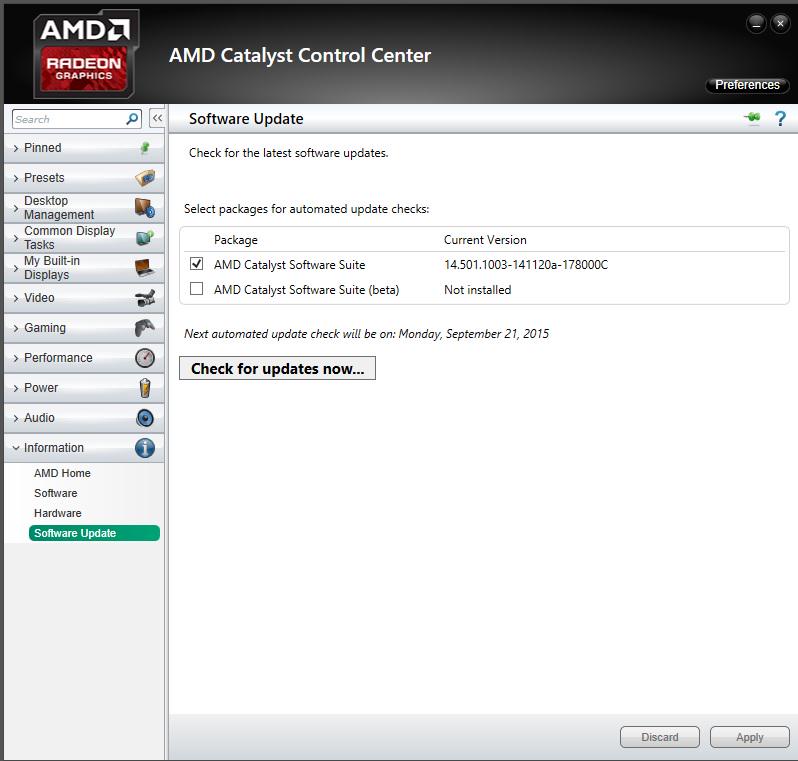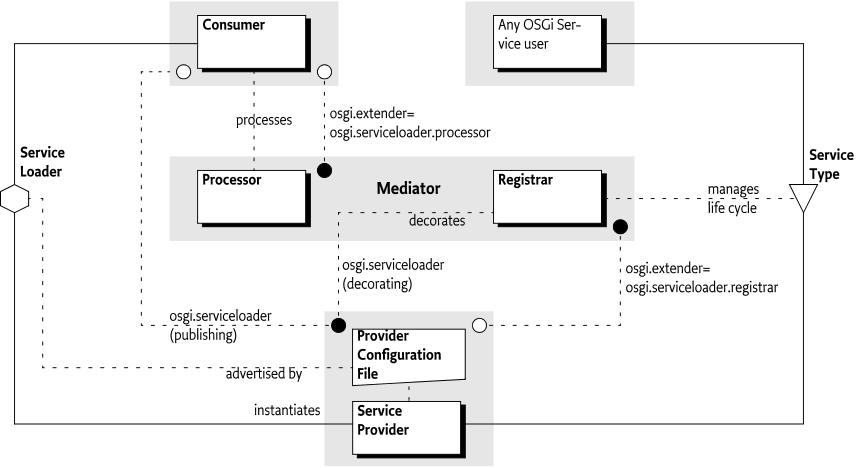

- MEDIATOR 9 PROCESSOR PATCH
- MEDIATOR 9 PROCESSOR SERIES
It should be possible to change the interaction between the components dynamically without having to disturb the system.Ī typical example of a Mediator is an Air Traffic Controller (ATC) which guides all the airplanes flying in the airspace - any communication between two airplanes are delegated to the ATC which forwards it to the other airplane so that the airplanes are relieved off this overload.Coupling of two components interacting with each other should be avoided and.It is a Behavioral Design Pattern which recommends: Mediator pattern is another Design Pattern which advocates encapsulating and decoupling interacting components in a system. In this article, we'll implement this pattern by taking help of another Pattern that advocates decoupling components from their dependencies by making use of a single "central controller" - a Mediator. In general, CQRS Pattern can be efficiently implemented in applications using other patterns such as Event Sourcing.
Where data is not immediately pushed into the database and instead should go through a series of processing pipeline. READs and WRITEs which are not at all balanced in terms of loads. An application that offers something more than a basic CRUD operation over the dataset - which achieves something. Complex application model with multiple relationships and dependencies. Applying CQRS on applications without a need would unnecessarily complicate the architecture which might result in an anti-pattern situations.ĬQRS should only be used when the application has characteristics like: Like with many other Design Patterns, CQRS should be used only when necessary and is not suitable for all applications. 
This creates a clear separation of responsibilities into distinctive objects and each work in their own perspective of the dataset." The Queries don't bother about how data would be written their models focus only on the response and what needs to be pushed in the response.

"A Command doesn't worry about how data would be returned its models focus only on the WRITE and its requirements.
The application can decide on what needs to be returned to the user and what shouldn't be encapsulating irrelevant domain data such as KEYS. These methods might require projecting data from multiple entities before returning. The methods which DO NOT modify the dataset which result in a data READ. even written to a different datastore for performance. they can be placed on a queue and processed or. The application can vary how Commands are processed. For example "PLACE a new ORDER" rather than "INSERT ID INTO USER_ORDERS"  These are mostly focused on a TASK rather than data. These methods might require data validation or transformation before writing onto the database. Examples are POST, PUT or PATCH methods. The methods which MODIFY the dataset which result in a data CHANGE. Instead of stuffing a single Model with features which is not a part of its Responsibility, we segregate the components and treat them with entities and processing that match their Responsibility.ĬQRS classifies functionalities into two different models - Commands and Queries. This approach fails for applications that involve complex Entities or requirements.įor example, a GET request in a complex application might require projecting data from multiple Domain Entities as it reaches the User, while a POST request model might require validation and transformation before it is saved onto the database. It is a general tendency to use a single representation of data at various levels of an application such as a Model, a DTO or even a Domain Entity for both GET and POST operations. It is an Architectural Design Pattern that advocates segregating or grouping the methods based on how they impact the data and design them separately according to their requirements. It is called as CQRS.ĬQRS stands for Command Query Responsibility Segregation. In this article, let's talk about one such Design Pattern which talks about enforcing Single Responsibility on the entities by segregating actions based on their impact on the data. A variety of problems creep into the system each time it is modified or extended for a new change.ĭesign Patterns aim at preventing such design issues as the application grows making it scalable and extensible. NET 6) Implementing CQRS with MediatR in ASP.NET CoreĪn application becomes difficult to maintain as the solution grows in size with new code.
These are mostly focused on a TASK rather than data. These methods might require data validation or transformation before writing onto the database. Examples are POST, PUT or PATCH methods. The methods which MODIFY the dataset which result in a data CHANGE. Instead of stuffing a single Model with features which is not a part of its Responsibility, we segregate the components and treat them with entities and processing that match their Responsibility.ĬQRS classifies functionalities into two different models - Commands and Queries. This approach fails for applications that involve complex Entities or requirements.įor example, a GET request in a complex application might require projecting data from multiple Domain Entities as it reaches the User, while a POST request model might require validation and transformation before it is saved onto the database. It is a general tendency to use a single representation of data at various levels of an application such as a Model, a DTO or even a Domain Entity for both GET and POST operations. It is an Architectural Design Pattern that advocates segregating or grouping the methods based on how they impact the data and design them separately according to their requirements. It is called as CQRS.ĬQRS stands for Command Query Responsibility Segregation. In this article, let's talk about one such Design Pattern which talks about enforcing Single Responsibility on the entities by segregating actions based on their impact on the data. A variety of problems creep into the system each time it is modified or extended for a new change.ĭesign Patterns aim at preventing such design issues as the application grows making it scalable and extensible. NET 6) Implementing CQRS with MediatR in ASP.NET CoreĪn application becomes difficult to maintain as the solution grows in size with new code.








 0 kommentar(er)
0 kommentar(er)
